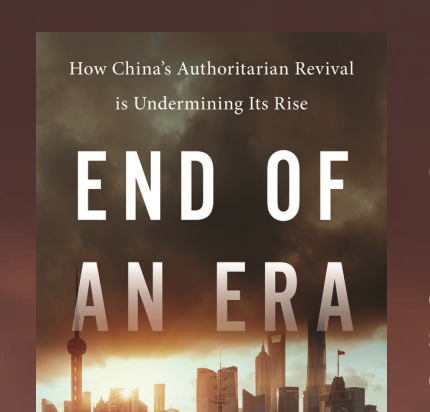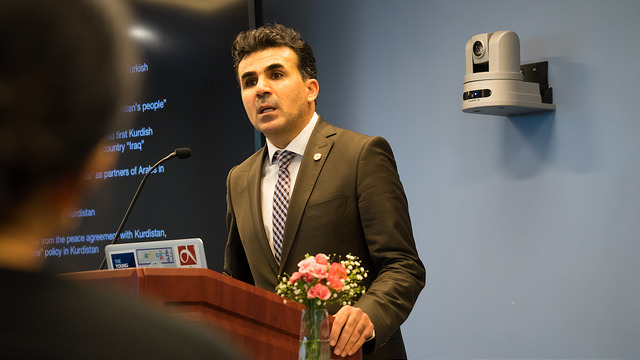China: End of the Reform Era with Carl Minzner
Dr. Minzner traced the political history of the People’s Republic of China through three eras: Pre-Reform, Reform, and the current Post-Reform. He began by briefly comparing the norms in each era to demonstrate the political, social, and economic trends that indicate a shift from the Reform Era toward the…



